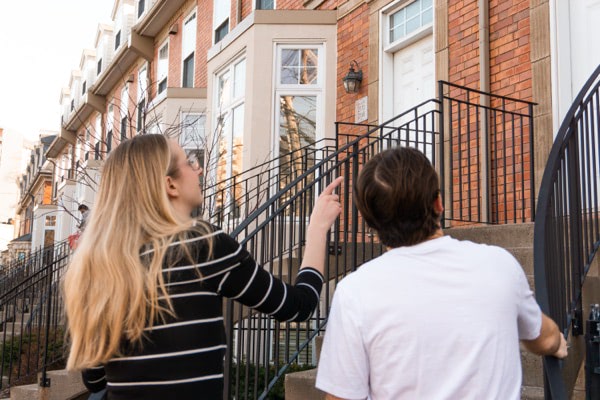Cottage opening weekend is almost here! In this post, we discuss how best to prepare your cottage for summer.

Tips for buying an owner-occupied rental property
When looking to build wealth, we are consistently being told to do the same few things. Pay off your high-interest debts, save money, and invest your extra cash. There are a plethora of ways to invest our money and build a healthy investment portfolio. Some choose to become day traders and play the stock market. Day trading is not for the faint of heart and takes a solid understanding of the stock market and how it works. A much more secure way to invest your money is through real estate. Real estate investment offers investors a more predictable avenue of cash flow that appreciates in value over time. With many different ways to invest in real estate, one of the more beneficial is to invest in an owner-occupied rental property.
What is an owner-occupied rental property?
An owner-occupied rental property is an investment property that the owner also lives in. The investment property qualifies as an owner-occupied property as long as it is the landlord’s primary residence. Moreover, the distinction between an owner-occupied and non-owner-occupied can make a difference when applying for mortgages. Certain mortgages may only be available to owner-occupants and not investors that want to buy and rent out to other people. Owner-occupants are more likely to qualify for mortgages that offer lower down payments and competitive interest rates.
Look for multi-unit properties
Multi-unit family homes offer investors an ideal set up for an owner-occupied property. A multi-unit property is any building that has two to four units in it. Investors are looking for a property that both them and a tenant can live in. This can be a house with a basement, a “carriage house,” or any other form of multi-unit home. A more traditional form of a multi-unit home, like a small apartment building, offers investors and tenants separate living spaces and more privacy.
Properties, like a traditional home with a basement, can still work as rental properties. A property with a basement unit can be considered a rental property, but offer less privacy and separation between the home owner and tenant. A home with a carriage house or separate unit on the property offers residents and little more separation. The home owner can occupy the main house while renters can occupy the separate unit or building on the property.
Qualifying for a mortgage
When investing in an owner-occupied rental property, home owners qualify for more advantageous mortgages. A non owner-occupied property doesn’t always offer borrowers the best mortgage rate. The interest rates can be high, and the down payments can be even higher. When investing in an owner-occupied property, the rules and qualifications are similar to a normal housing purchase.
A borrower looking to invest in an owner-occupied rental property can still have a down payment that is as low as five per cent down. Additionally, 50 per cent of the income that a borrower will generate from the rental can be added to the income to qualify for a mortgage. Adding a portion of the rental income to the borrower’s regular income can help them qualify for a bigger mortgage. This can then allow home owners to shop for bigger homes that would otherwise be out of their price range without that added source of income.
Disadvantages of owner-occupied rental properties
Just like any investment property, owner-occupied rental properties come with their disadvantages. Both home owners and tenants are looking for privacy. Living with the owner on the premises can make some potential tenants weary at first. This can make it hard to initially find tenants that are willing to live in an owner-occupied rental property. Offering discounted rental rates can help get over the hump of attracting tenants to the property.
However, a discounted rental rate will mean that the owner is generating less income off of the property. Moreover, non-owner-occupied properties offer owners with unique tax breaks. Certain costs to maintain the property, like repairs and utilities, can be written off. Living on the same property limits the number of costs that can be written off. Costs associated with having tenants on the property can still be written off, but tax break related to maintaining the property is limited.
Owner-occupied rental properties can be a safe way for landlords to get their feet wet in real estate investing. Rental properties offer home owners a secure way to invest their money. Investors earn money through the appreciation of the property over time and the profits generated from rental income. Owner-occupied properties offer borrowers competitive mortgage rates, and the ability to qualify for a larger loan. When looking at how an owner-occupied rental property can be advantageous to you, give us a call at Clinton Wilkins Mortgage Team! You can give us a call at 902-482-2770 or get in touch with us here!


